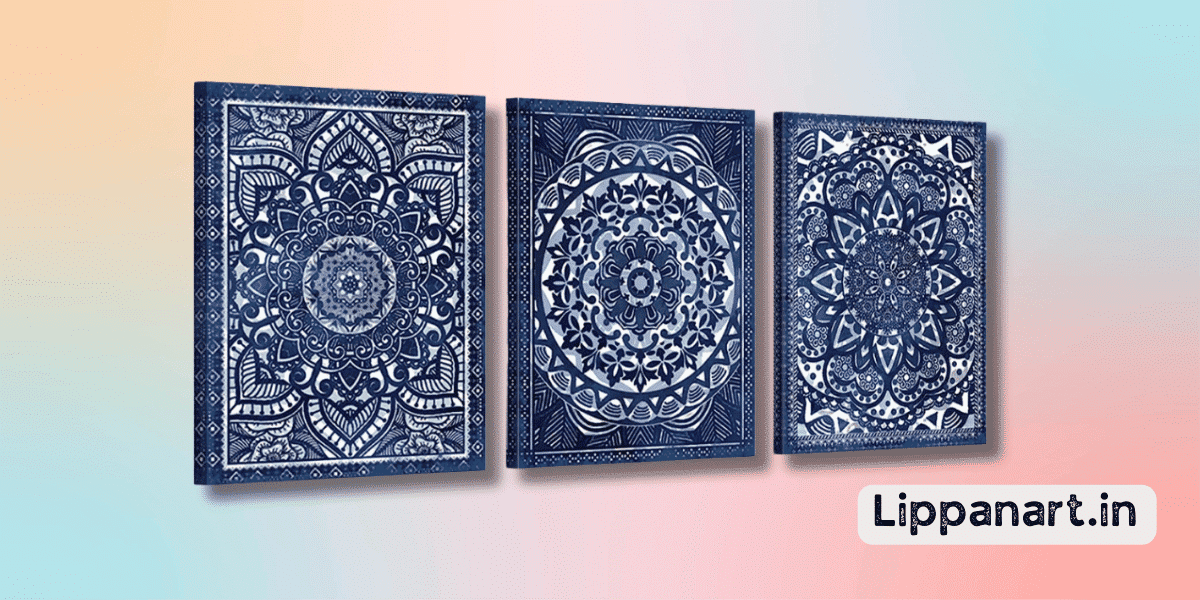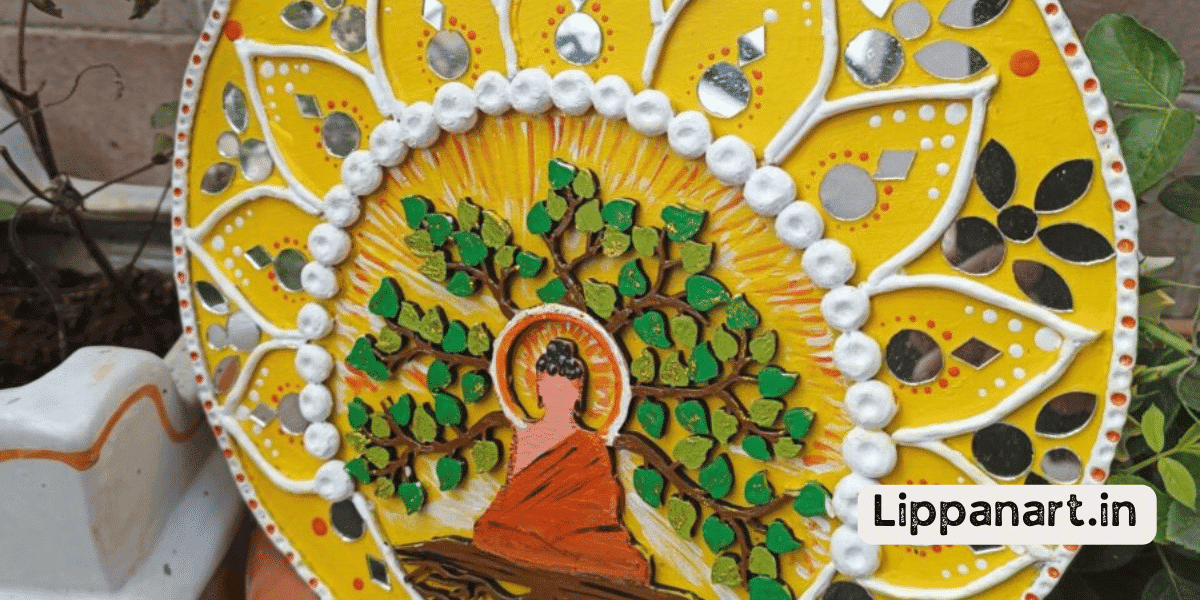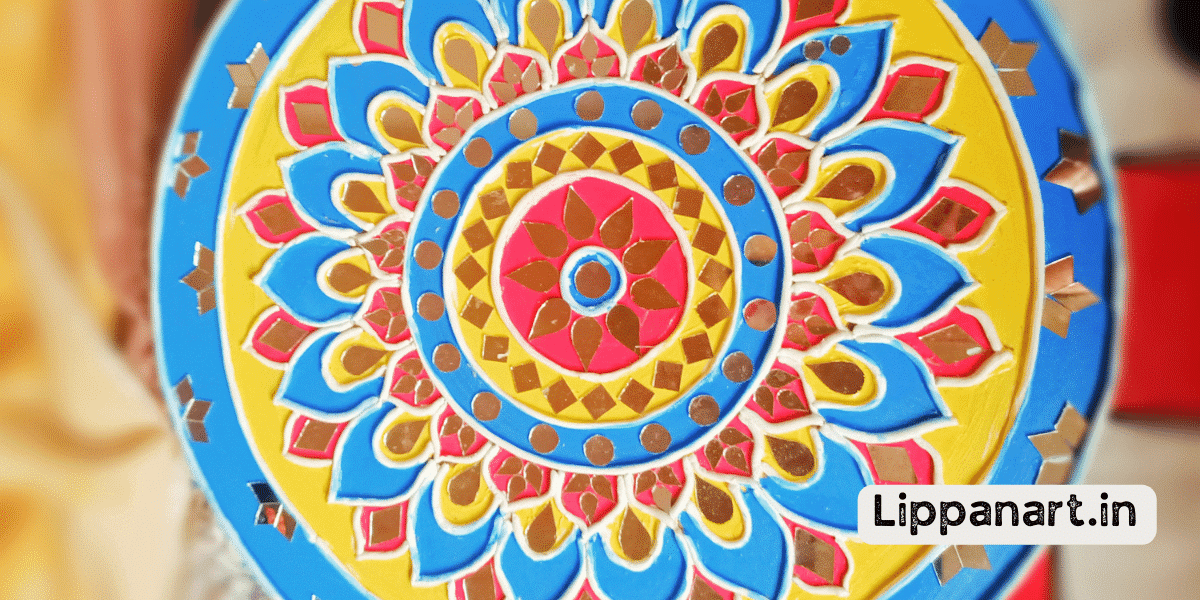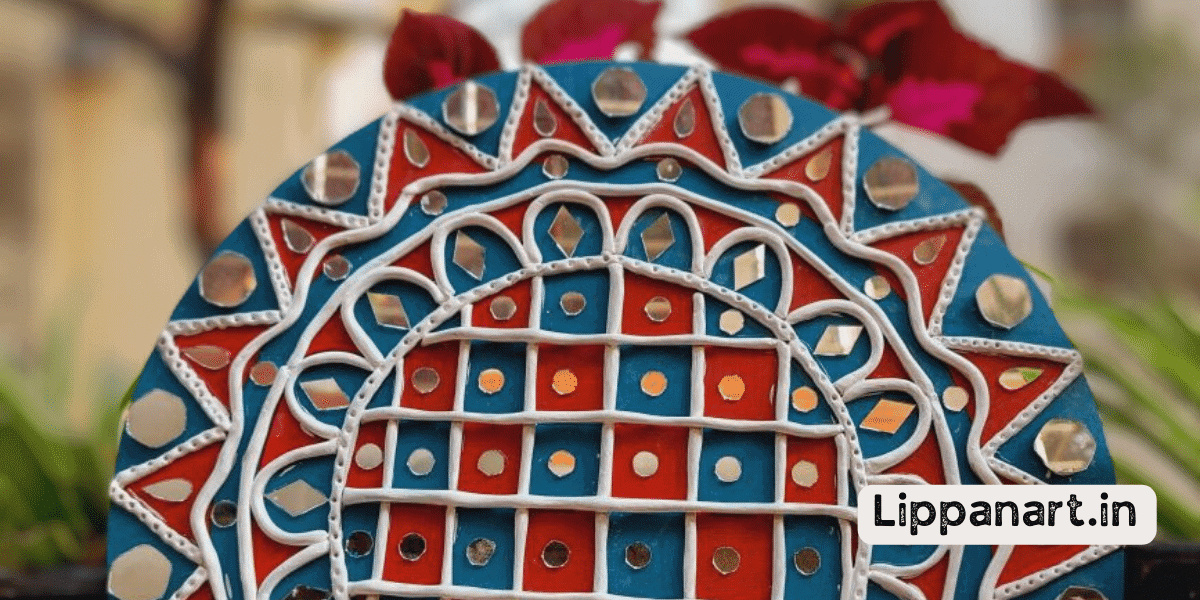Have you ever stopped to ponder what a circle symbolises in art? This powerful visual has been used to express various meanings, from ancient artwork to modern-day advertisements.
Discover how this symbol of eternity, unity, and wholeness has been used to convey different messages and meanings throughout the ages. Join us as we explore the symbolic importance of the circle in art and its use in:
- Visual arts
- Advertisement and media industry
- Artistic expression
- Architecture.
Key Takeaways
- The circle is considered the most perfect geometric shape and is viewed as supernatural or divine by theologians.
- In the advertisement and media industry, the circle is the most preferred shape and is often used in logos to attract viewers’ attention.
- Artists use circles as a theme in their artistic expression, evoking a sense of harmony, movement, and abstraction.
- In traditional Asian art, circles symbolise spirituality, balance, and cosmic order, reflecting cultural and religious beliefs.
Unity and Wholeness in Art
You can find unity and wholeness in art through the symbolic importance of the circle. It’s a shape with power and meaning, representing unity, culture, and eternity in visual arts.
From paintings to logos, the circle is a popular choice to convey the idea of interconnectedness and completeness. For theologians, it’s a divine symbol, while artists find it mysterious and beautiful.
Buildings and monuments often feature circular shapes representing divinity, infinity, and transcendence. In traditional Asian art, circles symbolise spirituality, balance, and cosmic order.
Wassily Kandinsky even wrote a book on point and line to plane, exploring shapes and forms with great attention to circles. His famous paintings like ‘Many Circles’ and ‘Concentric Circles’ show his fascination with this shape.
Circles evoke a sense of harmony, movement, and abstraction in artwork, making it an ideal choice for expressing ideas. The circle is thus a powerful symbol of unity, wholeness, and connectedness in art.
Balance and Harmony in Art
The circle in art symbolises balance and harmony through its perfect symmetry and form. Its timeless nature and creative form invite us to explore the opportunities that arise when we bring balance into our lives.
The circle can be seen as a metaphor for life’s equilibrium, like the Yin-Yang symbol, composed of two circles. In visual arts, circles can create a sense of circular motion, which is a reminder that life is a continuous cycle.
The circle is also a sign of peace, unity, and harmony, and it’s often used to create a sense of calm and serenity in art. It invites us to find creative solutions to the challenges we face in life.
The circle is an important symbol in art as it allows us to explore our creative potential while bringing balance and harmony into our lives.
Infinite and Eternal Symbolism
The circle’s infinite and eternal symbolism can bring a sense of timelessness and the idea that anything is possible into your life. From the Universal Symbol of the sun to the Circle Symbol of the mandala, the circle is a powerful tool of expression that transcends geographical boundaries.
It represents the Circle of Life, the divine flow of energy that connects us all. As a Spiritual Symbol, the circle has been used since ancient times to signify eternity, unity, and completeness. It serves as a reminder that although life is ever-changing, it’s also connected, ever-evolving, and constantly in motion.
- Editor’s Choice
- Best Seller
- Amazon Choice
The circle symbolises a cycle of growth, harmony, and transformation. It invites us to embrace the unknown and accept that nothing is permanent; it’s a sign of acceptance and a reminder of the divine nature of life. The circle is a powerful symbol of hope, faith, and resilience, and can be used to help us bring our creative visions to life.
Cyclical Nature of Life
Feel the cyclical nature of life and its ever-evolving connectedness as you embrace the unknown. From Wassily Kandinsky’s concentric circles to the circular symbol of Stonehenge, the circle has been a sacred symbol of life’s cyclical nature. As a representation of the universe, the circle symbolises its infinite and eternal nature. The use of circles in art represents the cyclical nature of life and interconnectedness.
The circle is the perfect reflection of the cyclical nature of life. It’s a powerful reminder to embrace the unknown and to celebrate life’s continuous growth and transformation. The circle reminds us of our interconnectedness with all things and the need to stay connected to our true selves.
Perfection and Completeness Representation
You can recognise the circle’s symbolism of perfection and completeness everywhere. From its divine symmetry to its perfect shape, the circle has come to represent unity and completeness.
The perfect circle is often associated with the divine and the supernatural, and it’s seen as a symbol of eternity and infinity. Artists have often used the circle in their artwork to express the idea of completeness and perfection. It can be seen in the form of the sun, the moon, and other circular objects like vaults, domes, and spirals.
The circle represents a sense of harmony and balance, often used to symbolise the cyclical nature of life. The perfect circle can also be seen in architecture, where it’s used to create a sense of divinity and transcendence.
The circle is a reminder of the perfection and completeness that can be found in the natural world. Its divine symmetry and perfect shape can be found in every piece of artwork, and it serves as a reminder of the beauty that can be found in the world around us.
Movement and Energy Symbolism
The circle symbolises the energy of motion and the perpetual cycle of life with its circular, continuous motion. Circles capture the energy flow, movement, and change in visual design. Whether it’s a logo, painting, or architecture, circles can be used to express a sense of dynamism and renewal. By utilising circles in design, artists are able to convey the idea of energy and movement. The perfect curves of a circle can evoke feelings of harmony and balance and symbolise life’s never-ending cycle.
In visual arts, circles can be used to represent celestial bodies, including the sun and the moon. The round shape of the sun and the moon has been used to signify the power of creation and renewal in ancient cultures. By incorporating circles in artwork, designers can capture the essence of energy and movement, as well as the cycle of life.
Using circles in artwork increases the sense of dynamism and creates an energetic atmosphere. Circles can be used to draw attention to a focal point and can be used to create a sense of continuity and interconnectedness. By using circles in design, artists can capture the spirit of movement and energy.
Spiritual and Cosmic Significance
The perfect curves of a circle can evoke a sense of spirituality, balance, and cosmic order. In traditional Asian art, circles often symbolise the union between heaven and earth, representing a spiritual meaning and cosmic symbols. Circles also represent divine femininity, with many spiritual traditions incorporating the circle into their rituals and practices. Moreover, circles can be used to express ideas of cycles of rebirth, such as in Hinduism.
Regarding design, circles often act as the focal point and are used to judge for design awards. They create a sense of unity and coherence, with the perfect shape attracting viewers’ attention. Furthermore, circles express harmony, movement, and abstraction in artistic expression. In architectural design, circles symbolise divinity, infinity, and transcendence.
In summary, circles evoke a sense of spirituality, balance, and cosmic order in visual arts, media, advertisement, and architecture:
- Circles represent divine femininity and cycles of rebirth in spiritual traditions.
- They create a sense of unity and coherence and are used to judge for design awards.
- Circles express harmony, movement, and abstraction in artistic expression.
- Circular shapes symbolise divinity, infinity, and transcendence in architectural design.
Conclusion
To conclude, the circle is a powerful symbol in art that conveys many meanings and emotions. It’s a shape that symbolises unity and wholeness, balance and harmony, as well as the cyclical nature of life.
It can also represent perfection, completeness, movement, energy, and even spiritual and cosmic significance. As such, the circle is an idiom – it can mean different things to different people but ultimately serves as an icon of eternity and unity.














